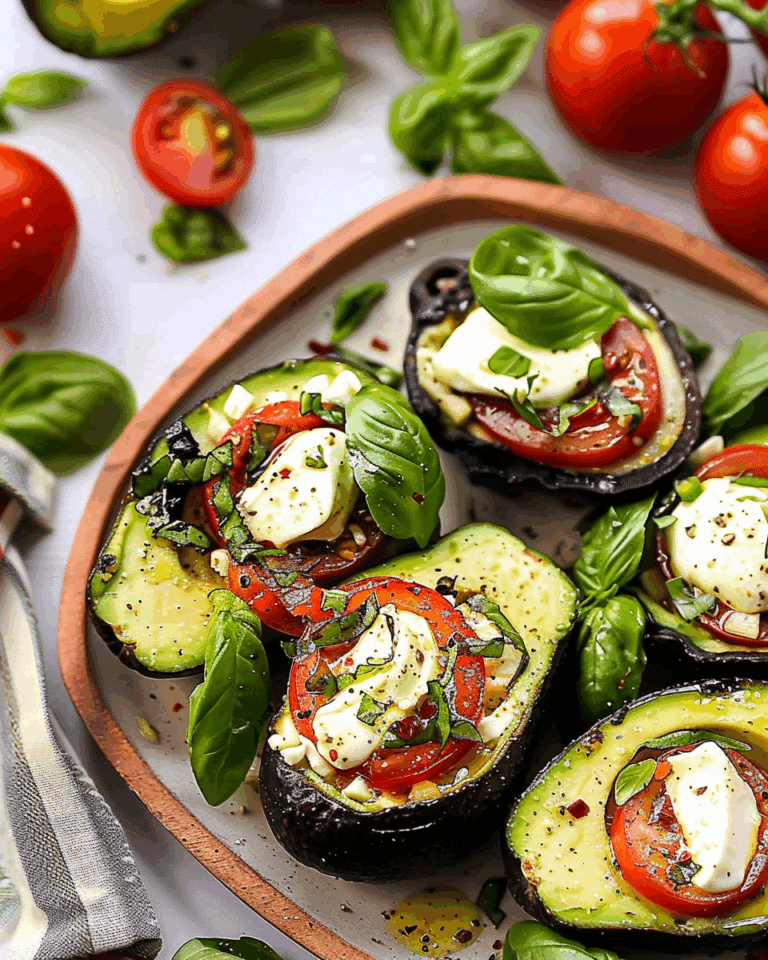Making croissants from scratch is a labor of love, but once you experience the magic of biting into a warm, buttery, and flaky homemade croissant, you’ll understand why it’s worth every second of effort. These classic French pastries, made from a yeasted dough and layered with butter, are a culinary masterpiece that will elevate your baking skills. Though it takes some time, with patience and practice, you’ll have bakery-worthy croissants right from your own oven.

Why You’ll Love This Recipe
This homemade French croissant recipe gives you the satisfaction of creating the most delicious, flaky croissants from scratch. The process of laminating the dough—repeatedly rolling, folding, and chilling the dough—is what makes croissants so light and airy. The layers of butter melt during baking, creating a beautifully crisp, golden exterior, and a soft, tender interior. Though it requires some dedication and time, the end result is nothing short of extraordinary. It’s a rewarding and enjoyable process that lets you experience the joy of baking at home.
Ingredients
For the dough (détrempe):
4 cups (500g) all-purpose flour
1/4 cup (50g) granulated sugar
1 tablespoon (10g) salt
1 tablespoon (10g) active dry yeast
1 1/4 cups (300ml) warm milk
2 tablespoons unsalted butter, melted
Butter block (beurrage):
1 cup (225g) unsalted butter, cold and shaped into a flat square
For the egg wash:
1 egg
1 tablespoon milk
(Tip: You’ll find the full list of ingredients and measurements in the recipe card below.)
Directions
Step 1: Mix and Chill the Dough
In a large bowl or stand mixer, combine flour, sugar, and salt. Dissolve the yeast in warm milk and allow it to foam, about 5-10 minutes. Add the milk-yeast mixture and melted butter to the dry ingredients. Knead until smooth, about 3–5 minutes. The dough should be soft but not sticky. Shape it into a rectangle, wrap it in plastic, and refrigerate for 1 hour to firm it up.
Step 2: Prepare the Butter Block
While the dough chills, shape the cold butter into a 6-inch square between two sheets of parchment paper. Use a rolling pin to flatten it. The butter should be cold but pliable—firm but workable. If it’s too soft, chill it for a few minutes; if too firm, let it sit out for a while.
Step 3: Laminate the Dough
Roll the dough into a 12-inch square. Place the butter block diagonally in the center, then fold the dough’s corners over the butter. Roll it into a long rectangle, about 8×20 inches, then fold it into thirds like a letter. This is your first “turn.” Wrap it and chill for 30 minutes. Repeat the rolling, folding, and chilling process two more times for a total of three turns.
Step 4: Shape the Croissants
After the final chill, roll the dough out into a large rectangle, about 1/4-inch thick. Trim the edges and cut triangles roughly 5 inches wide at the base. Starting from the wide end, roll each triangle toward the tip to form a crescent shape. Place the croissants on a parchment-lined baking sheet, point side down.
Step 5: Proof and Bake
Let the shaped croissants rise at room temperature for 1.5 to 2 hours until they’re puffy and jiggly to the touch. Preheat the oven to 400°F (200°C). For the egg wash, mix one egg with milk and brush over each croissant for a golden finish. Bake for 18–22 minutes, rotating the pan halfway through for even browning. Let the croissants cool on a wire rack for at least 10 minutes before serving.
Servings and Timing
This recipe yields about 12 croissants.
-
Prep Time: 2 hours (including chilling and resting)
-
Cook Time: 18–22 minutes
-
Total Time: Approximately 4 hours (with resting periods)
Variations
Once you’ve mastered the classic croissant, try these variations:
-
Chocolate Croissants: Fold in grated chocolate before shaping.
-
Almond Croissants: Slather almond paste in the center before rolling.
-
Savory Croissants: Add grated cheese or thinly sliced ham.
-
Frozen Croissants: Shape, freeze, and store unbaked croissants. Let them rise overnight in the fridge, then bake as usual.
Storage/Reheating
-
Storage: Store baked croissants at room temperature in an airtight container for up to 2 days.
-
Reheating: To restore their flakiness, reheat croissants in the oven at 350°F (175°C) for 5–10 minutes.
FAQs
How do I make the dough for croissants without a stand mixer?
You can mix and knead the dough by hand on a clean surface. Use your hands to incorporate the ingredients and knead for 3-5 minutes until smooth.
Can I use salted butter for the butter block?
It’s best to use unsalted butter for the butter block to control the salt content in the final croissants.
Can I make croissant dough ahead of time?
Yes, you can refrigerate the dough overnight after the initial chilling period, and then proceed with the laminating process the next day.
Can I freeze croissants before baking?
Yes, shape the croissants, freeze them, and store them in a freezer-safe bag. Let them thaw and rise overnight in the fridge, then bake as usual.
How do I know if my croissants are proofed enough before baking?
The croissants should be puffy and jiggly to the touch. They won’t double in size, but they should rise noticeably during proofing.
Can I use bread flour instead of all-purpose flour?
Yes, you can, but be aware that bread flour will yield a slightly chewier texture due to its higher protein content.
Why do croissants require so many resting periods?
Each resting period helps relax the dough and keep the butter cold, which is crucial for creating those delicate, flaky layers.
What’s the best temperature for baking croissants?
Baking at 400°F (200°C) ensures the croissants puff up well and turn golden brown without burning.
Can I skip the egg wash step?
Skipping the egg wash will result in croissants that lack that shiny, golden finish. However, they will still taste delicious!
Why is my croissant dough too sticky to work with?
If your dough is too sticky, try adding a little more flour to help it firm up before rolling out.
Conclusion
Making croissants from scratch is a project, but it’s a rewarding one. The process, though time-consuming, produces a pastry with layers of buttery, flaky goodness that you simply can’t get from store-bought versions. The feeling of satisfaction as you pull a golden croissant from the oven is incomparable, and once you’ve mastered the technique, you’ll be able to recreate them at home whenever the craving strikes. With practice, you’ll be turning out perfectly golden, buttery croissants every time.







